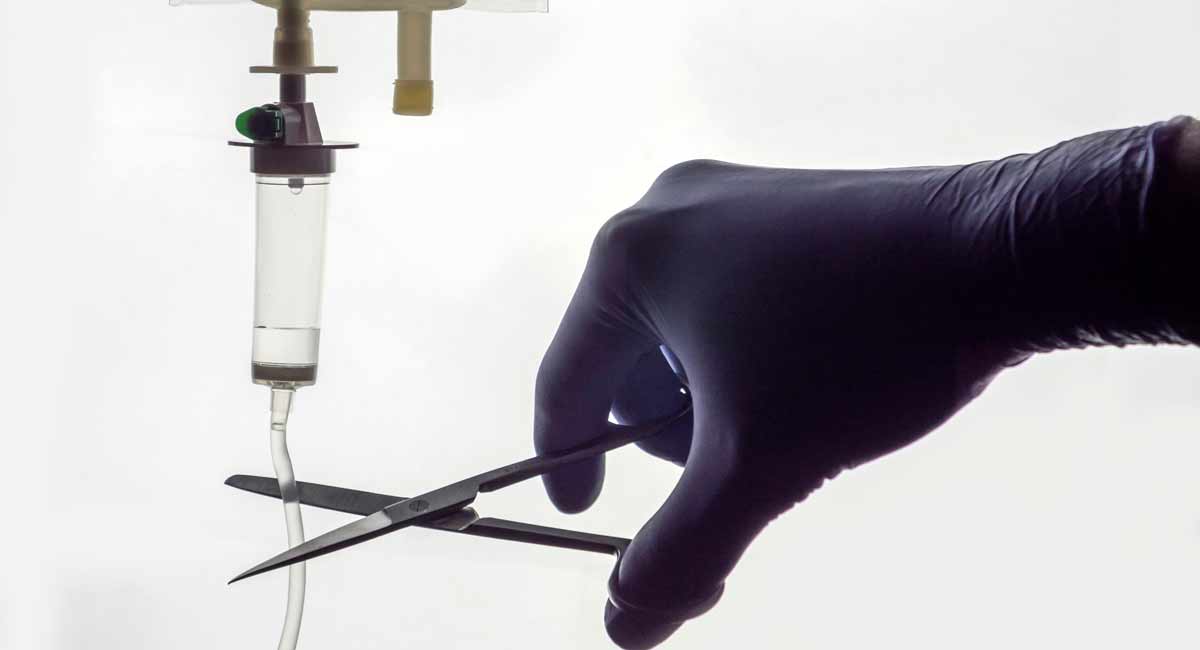(National Review) In 1993, my first ever anti-euthanasia column warned in Newsweek that once euthanasia became accepted widely, it would be followed by organ harvesting “as a plum to society.”
By now, you know how that story goes. I was accused of alarmism, slippery-slope advocacy, conspiracy theories, etc., etc. And, as these kinds of stories nearly always end, it came to be — in Canada, Netherlands, and Belgium, with more likely to follow over time.
Now, organ harvesting after euthanasia has become so normalized within the medical intelligentsia, that an American Medical Association publication, JAMA Surgery, had a letter debate — not about the propriety of killing and harvesting, but about whether the kill should begin at home or in a hospital.
Two doctors say that “organ donation after euthanasia starting at home” (ODEH) is the way to go:
The patient is only sedated at home, which marks the start of euthanasia in legal terms but is medically only intended to remove consciousness while vital functions are maintained and secured. Coma induction and the start of the agonal phase [killing] subsequently take place in the intensive care unit after farewells at home and transportation [to the hospital].
Their debaters say, no, start the homicides in the hospital:
A guideline for ODEH should be developed, including instructions for physicians on how to act if the condition of the patient deteriorates during transport. In the ODEH case presented by Mulder and Sonneveld, noradrena line was given to maintain adequate blood pressure during transport to the hospital. This could be interpreted as violation of an important principle of organ donation after euthanasia, namely that the euthanasia and organ donation should be at all times handled as 2 separate entities.
No one says — don’t do it!
But I will. Some of these patients (in Belgium and Netherlands) are not physically sick, but mentally ill. Believing that their deaths are more valuable than their lives — because of the lives potentially saved by their organs — could easily become the tipping point for some of these anguished patients to decide to be killed. Note: These are people who would otherwise live for years.
READ: New trial for Belgian doctor who euthanized woman with mental illness
In other words, organ donation could be an inducement to euthanasia. That could also be true of disabled patients who are the other prime cadre of ODE targets because they have “good organs.”
Moreover, in Ontario, Canada, the organ donation society is told in advance by doctors of a planned euthanasia, and representatives call the patient/family to ask for their organs! It’s almost out of a Monty Python skit, “Hello, can we have your liver?”
No, of course suicide prevention is not offered! That might get in the way of suffering people agreeing to be transformed into so many natural resources.
Editor’s Note: This article was originally published at National Review and is reprinted here with permission.
“Like” Live Action News on Facebook for more pro-life news and commentary!







